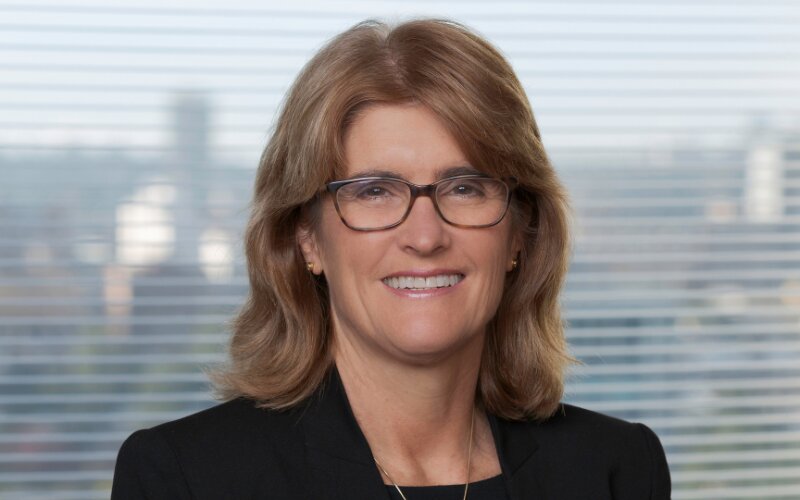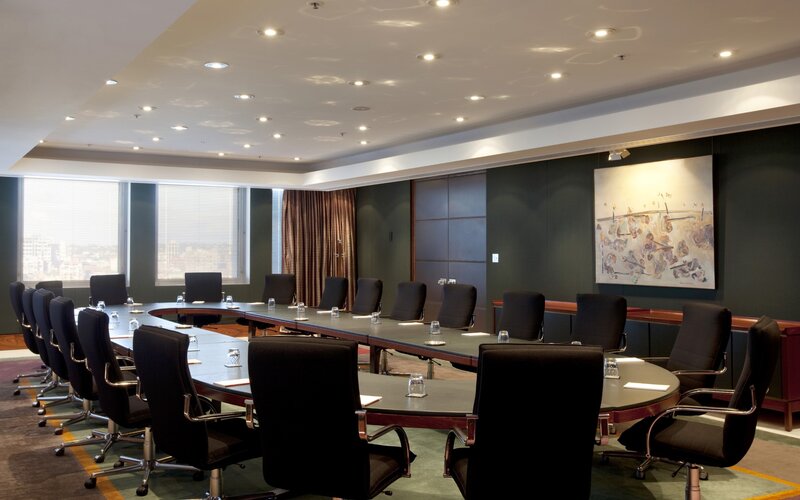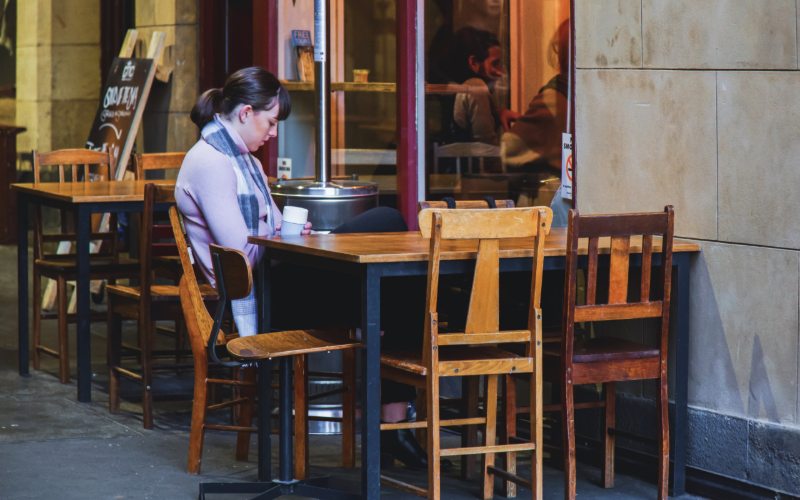Aussies withdrew cash from an ATM 30,235,600 times in January (in seasonally adjusted terms), the greatest frequency since October 2022.
The total value of cash withdrawn was about $9.2 billion, which is the highest since July 2020, and the average amount withdrawn was $304.90, the highest since the reporting series began in March 2008.
This is in spite of the trend away from physical banks, with 11% of branches across Australia closing over the year to June 2023 according to APRA.
More than 164,000 Australians have now signed a petition from Cash Welcome calling for guarantees for "reasonable local access" to cash and banking services, and spokesperson Jason Bryce says this latest RBA data is proof that a cashless future is not what Aussies want.
"The increasing number of cash withdrawals is being made at a decreasing number of bank-owned ATMS, contradicting the commonly repeated bank claim that branches and ATM closures are caused by changing consumer demands," he said.
According to the Australian Banking Association (ABA), payments in Australia were 70% cash in 2007, dropped to 13% in 2022, and are projected to be just 4% by 2030.
"The challenge facing our economy and society is that as the use of cash for payments declines, the unit cost of transporting and distributing it escalates," ABA CEO Anna Bligh said in December last year.
Pushback against cashless Australia
It's been suggested that a transition to an entirely digital payments system is inevitable.
"The shift towards a cashless society in Australia isn’t just a possibility, it’s already well underway," Dr Angel Zhong, a finance Professor at RMIT wrote for The Conversation.
In 2019, then Prime Minister Scott Morrison tried to introduce a ban on cash transactions over $10,000 in an attempt to crack down on the "black economy", but this proposal was dumped after significant backlash.
Last year, Treasurer Jim Chalmers unveiled the government's Strategic Plan for Australia's Payments System, which outlined plans to phase out cheques by 2030.
Dr Chalmers says the Albanese Government envisions a "modern, world class and efficient payments system", with Australia a global leader in payments infrastructure.
"A more modern payments system means more innovation, more productivity and more growth," he said.
"Australia [is] taking to cashless and mobile payments faster than almost any other country."
The Cash Welcome petition and uptake in cash withdrawals in January however suggests many Australians don't agree an entirely cashless future is for the best.
"Everyone is concerned about their privacy, their safety from online scams and the uncertainty caused by regular payment system outages," Mr Bryce said.
Recent outages at CommBank and ANZ, as well as the notorious Optus crash, have shown the fragility of the current payments system, although in the strategic plan for the new payments system, ensuring payments systems are resilient to these kind of shocks was listed as a priority.
Another issue is payment processing fees, which the RBA announced last week it would mandate a scheme to reduce if banks and other processors are too slow.
Anyone who regularly pays for things with their phone or card will be accustomed to a 0.5-2% surcharge or service fee, and the RBA estimates this is adding up to nearly $1 billion each year.
In other regions, including the UK and EU, businesses aren't allowed to directly pass card surcharges on to customers; businesses can here if it's a comparable cost of actually accepting the card on the merchant end.
Ms Bligh though says she doesn't envision a cashless society anytime soon.
"Treasurer Jim Chalmers has made it clear the Government considers access to cash as a priority for the Australian economy," she said.
"Banks are determined to do everything they can to ensure that their customers, including large retailers and small businesses, can continue to access cash when they need it."
Picture by Melissa Walker Horne on Unsplash



 Brooke Cooper
Brooke Cooper
 Harry O'Sullivan
Harry O'Sullivan

 William Jolly
William Jolly
 Hanan Dervisevic
Hanan Dervisevic

